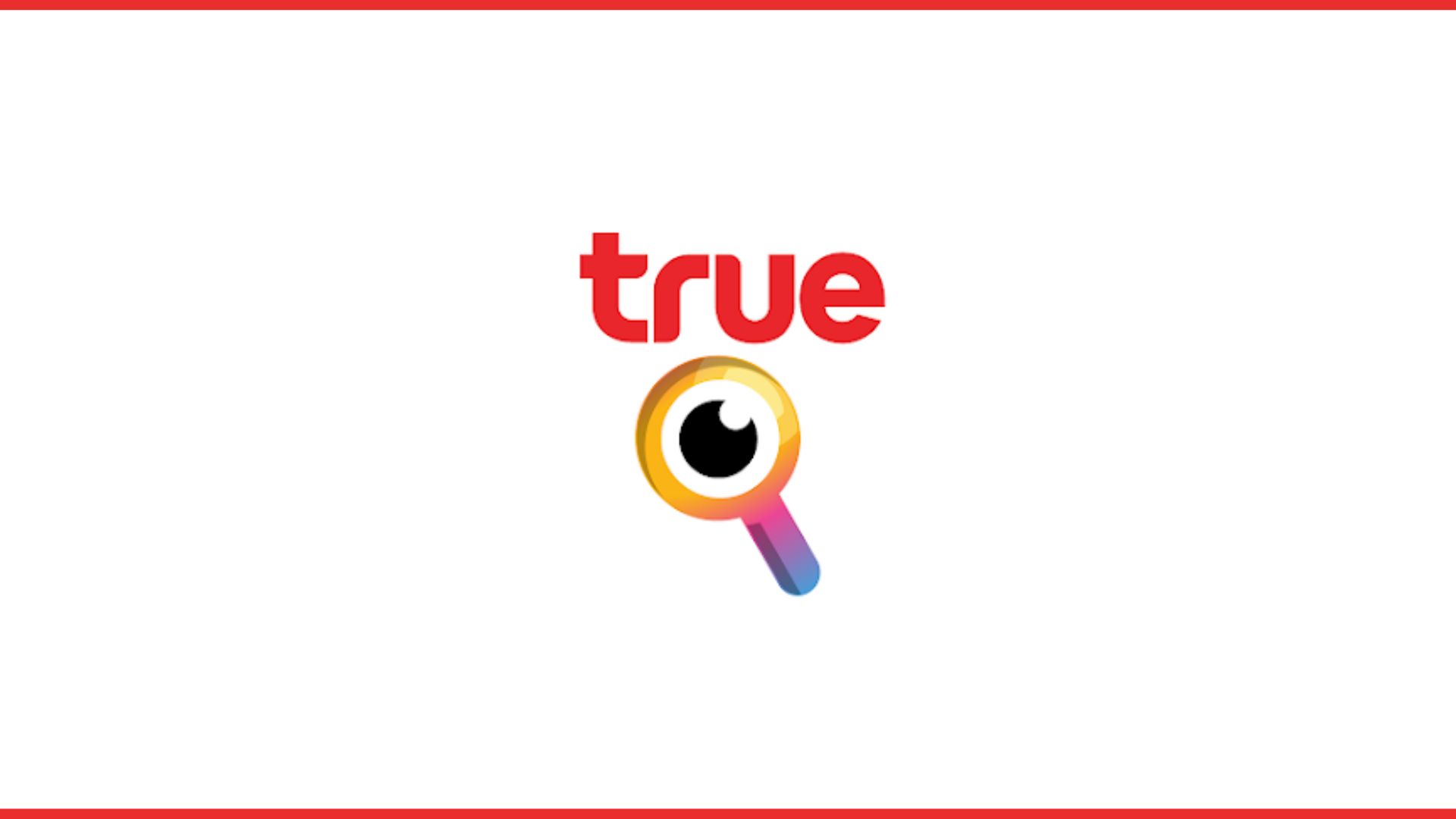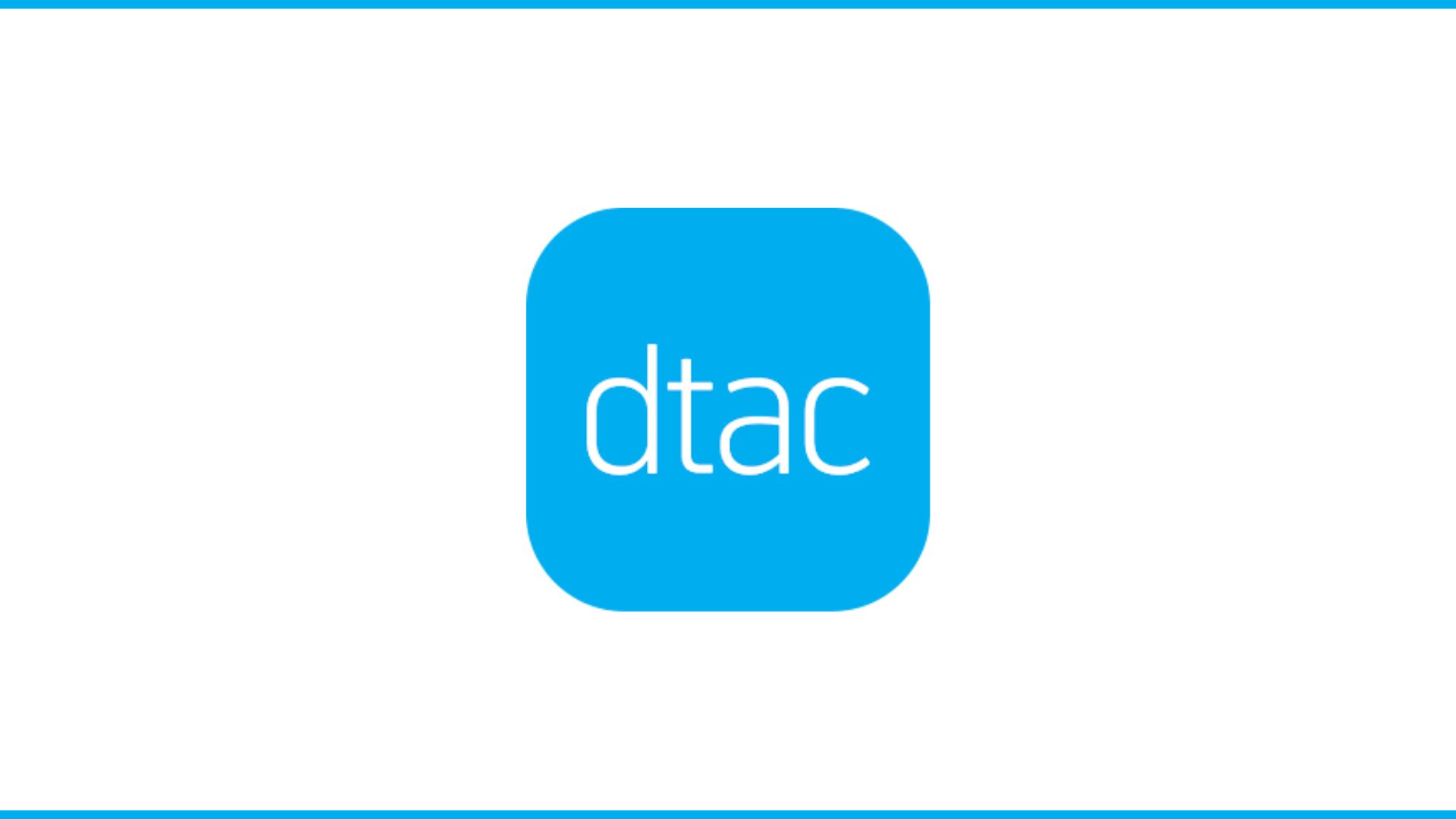Introduction: In the competitive realm of digital media and entertainment, optimizing SEO readability is crucial for platforms like Spotify to attract and retain users. This review delves into how Spotify can bolster its SEO readability to improve visibility and user engagement.
1. Keywords and Content Strategy: Spotify should strategically focus on keywords such as “music streaming,” “podcasts,” “personalized playlists,” and specific genres or artist names. Incorporating long-tail keywords helps capture niche audiences. The content strategy should encompass diverse formats like blogs, feature articles, and user-generated playlists, enhancing relevance and organic search visibility.
2. Meta Tags and Descriptions: Effective meta tags and descriptions play a pivotal role in SEO readability. Spotify’s titles should be concise and keyword-rich, enticing users with clear value propositions (“Stream Music & Podcasts on Spotify”). Engaging meta descriptions should summarize content compellingly while integrating relevant keywords to improve click-through rates and SEO performance.
3. URL Optimization: Optimized URLs featuring clean structures and relevant keywords (e.g., /music-streaming-on-spotify) enhance both user experience and search engine indexing. Canonical tags ensure proper management of duplicate content, bolstering SEO effectiveness.
4. Mobile Optimization: Given the proliferation of mobile users, Spotify must ensure seamless responsiveness across devices. Optimizing page speed is crucial for reducing bounce rates and improving user experience, factors that directly impact SEO rankings.
5. Content Readability: Clarity and simplicity are paramount in enhancing content readability. Spotify should communicate in plain language, avoiding technical jargon to cater to diverse audiences. Well-structured content with clear headings, subheadings, and visual elements like images and infographics not only improves readability but also boosts SEO performance by enhancing engagement and user retention.
6. User Engagement: Interactive features such as user-generated playlists, comments, and ratings foster community engagement and increase time spent on the platform. Strategic call-to-actions prompt users to explore more content or subscribe to playlists, enhancing user interaction and SEO metrics.
7. Consistency and Quality: Maintaining a consistent brand voice across all communication channels builds trust and brand identity. Regular content audits ensure accuracy, relevance, and alignment with SEO best practices, reinforcing Spotify’s authority and credibility in the digital entertainment landscape.
Conclusion: By implementing these SEO readability strategies, Spotify can elevate its online presence, attract organic traffic, and foster meaningful user engagement. Enhancing SEO readability not only improves search engine rankings but also enhances user experience, making Spotify a preferred platform for music streaming and podcast consumption in a competitive digital marketplace.







